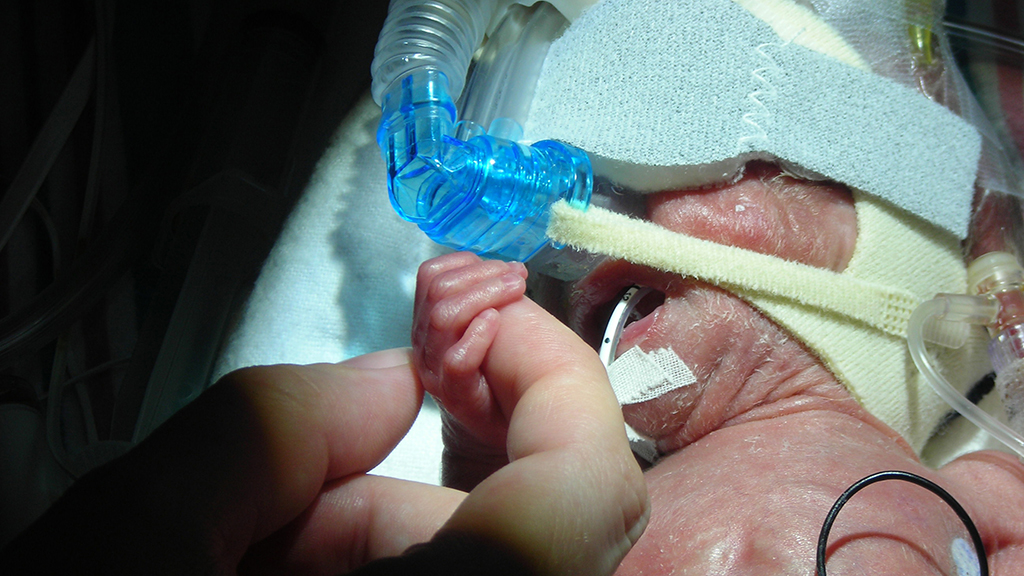Abstract
This case study introduces the reader to “Jason,” a recent graduate with a Bachelor of Science in Nursing degree (BSN) who is just beginning his career in nursing, and Jason’s grandmother who worked as a nurse in labor and delivery in the 1960s. Grandma tells Jason about “hyaline membrane disease” (now known as infant respiratory distress syndrome, or IRDS) and how she struggled emotionally to care for babies with that condition during a time when no effective treatment was available. The case allows students to study the microscopic anatomy of lung tissue and come to a deeper understanding of the cohesive property of water that creates surface tension (leading to alveolar collapse) in the underdeveloped lungs of premature babies. In addition, they learn how pulmonary surfactant prevents this cohesion, allowing alveoli to stay inflated. This case helps students gain a better understanding of some of the respiratory system learning objectives that would generally be taught in an introductory anatomy and physiology course.



